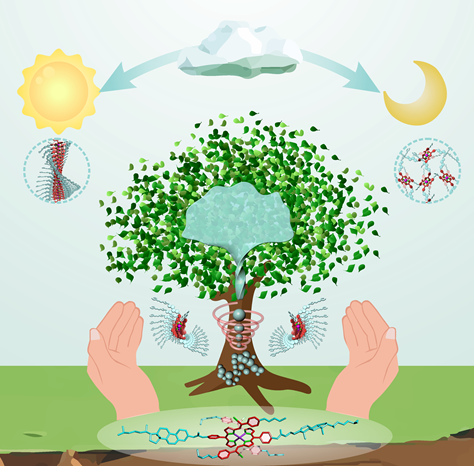 +565 975 658
+565 975 658
 info@premiumcoding.com
info@premiumcoding.com
 Monday - Friday, 8.00 - 20.00
Monday - Friday, 8.00 - 20.00
Chiral self-assembly of molecular building blocks into handed nanoscale and mesoscale structures has been a long-term research target in the context of mimicking the origin of homochirality in the nature. Thereinto, chiral amplification of artificial molecular systems towards an ultra-large optical asymmetry (e.g., an absorptive dissymmetry factor gabs > 0.1) are increasingly attracting a great deal of attention, because it connects to the further development of asymmetric photocatalysis, circularly polarized luminescence, or even circular dichroism based imaging techniques. Ultra-large optical asymmetry appears in a few crystalline materials, whereas distractions from the mesoscopic ordering often causes inauthenticity in chiropticity. In addition, the formation and maintenance of these crystalline states require complicated technical efforts.
Conversely, to engineer ultra-large optical asymmetry in amorphous chiral materials is quite desired, because amorphous systems do not have limitations in maintaining the mesoscopic ordering and can be prepared in a more general scope of materials. Moreover, as compared to the crystalline materials that are relatively inflexible, stimuli response can be expected in amorphous systems with high chiroptical signal tunable. However, simply due to the dilemma between the aggregation strength and the cooperation of different chiral packing modes, to achieve this hypothesis remains an urgent challenge.
Recently, Zhu’s group report the quantitative control of chiral amplification on amorphous supramolecular structures of cholesteryl-linked bis(dipyrrinato)zinc(II), to an exceptionally high level. The main contributions are:
1) The absorptive dissymmetry factor, gabs, can be stepwise tuned into an ultra-large value, up to +0.10 and +0.31 upon molecular aggregation in solution and in film state. This is larger than those observed in most previously reported, featuring the successful achievement of ultra-large optical asymmetry within an amorphous aggregated system.
2) We unraveled the relationship among molecular structures, aggregation strength, enantiomeric excess, and chiral amplification by a series of studies of control compounds, quantitative control experiments, and interdisciplinary methods. We figured out that a proper chiral packing of the building block at several molecular scale contributes considerably to gabs, although the system is overall disordered. The understanding of such a relationship may better guide the future material design for study and application in chirality-related topic.
3) Moreover, a superior ON-OFF switching of chiropticity under external stimuli is also demonstrated in this manuscript, featuring the in-situ control and the address of smart materials on this basis is possible.
This strategy in amorphous aggregations is believed to opens new way towards chirality-controlled amplification on a wide scope of materials, and facilitates the development of smart hierarchical chiral materials. The related paper has been published in Angewandte Chemie (DOI: 10.1002/anie.202012224), with Mr. Bin Wu, a PhD student in the group as the first author. See details:
https://onlinelibrary.wiley.com/doi/10.1002/anie.202012224

Get to know us better now!

Wechat:FDUMMers
Search!
Search across our website
Revenant @ 2018 by fudan | All Rights Reserved
Powered by Weicheng

